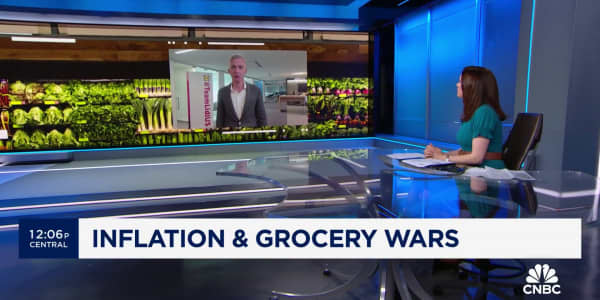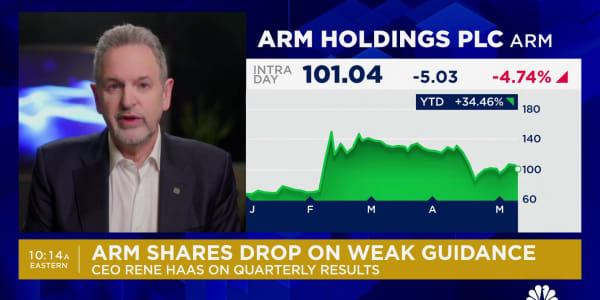
Doug Kass his sticking to his bearish guns, believing that the stock market is overvalued by about 9 percent.
The head of Seabreeze Partners hedge fund has been staunchly negative on the stock market, even though betting against Wall Street and its benefactors at the Federal Reserve has been a losing strategy since the financial crisis ebbed.
Earlier this week, Kass issued a list of factors that he thinks argue against another year of big gains.
"With the global economic recovery and the bull market maturing, I don't expect stocks to rise for the sixth consecutive year," he said in a report for clients Tuesday. "Rather, it remains my view that the will be down between 5 percent and 15 percent in 2014. [Price-to-earnings] ratios could contract this year—in marked contrast to the expectations of most Wall Street strategists."
(Read more: Investors running from stocks like it's 2011 again)
Among Kass' reasons for not liking the market: Investors are too optimistic about corporate profits, economic growth will be slower than expected, and momentum from 2013's 29 percent gain will be impossible to maintain.
"In essence, the unexpected rise in stock prices in 2013 borrowed from 2014," Kass said.
As a result, he believes fair value for the S&P 500 is closer to 1,645, which would represent about a 9 percent downturn from present levels.
While the market's being due for a substantial pullback is not an uncommon view, one that the full-year outlook is bleak is not widely shared.
(Read more: Ackman: Target's'lost magic'... and other thoughts)
Though S&P Capital IQ strategists have been warning for some time of a retreat—before a sharp turn higher—the firm softened its stance Thursday, saying that the market "continues to confound and frustrate those underallocated to stocks."
In a note, S&P said the market's ability to hold support levels after the recent decline points to the "500" moving past 1,850 and to a 1,919 potential resistance zone.
"We chalk up the recent low as another occurrence of marking the point where the price damage was primarily over and where it was prudent to call for a swing low," S&P Capital said. "The weekly S&P 500 chart continues to suggest to us that the recent decline was just a correction within the larger uptrend."
Some experts, including noted chartist Tom DeMark, have found signs that are not encouraging but rather eerily reminiscent of a market behaving much like the one in 1929, just before the crash that kicked off the Depression.
(Read more: Cramer's stock picking secrets, revealed!)
"The scale makes the comparison to 1929 with the present stock market chart pattern appear eerie," Jeffrey Saut, chief strategist at Raymond James, said in a note Thursday. "However, if you index that same chart so that you are comparing apples to apples, the correlation to 1929 disappears."
Whichever side of the debate you fall on, the point could be simply that confusion is the market watchword.
Last week, bullish sentiment on the American Association of Individual investors set multimonth lows; this week, the indicator popped up 12 points.
For naysayers like Kass, the vacillating views—of which he has been part—signal a weak market.
"Early last week, with the S&P 500 at approximately 1,750, I suggested that the reward vs. risk in stocks had turned more positive for the first time in many months," he said. "The 70-handle recovery in the S&P 500 over the last five trading days has reversed the upside/downside to Mr. Market back into negative territory."
—By CNBC's Jeff Cox. Follow him on Twitter @JeffCoxCNBCcom.






